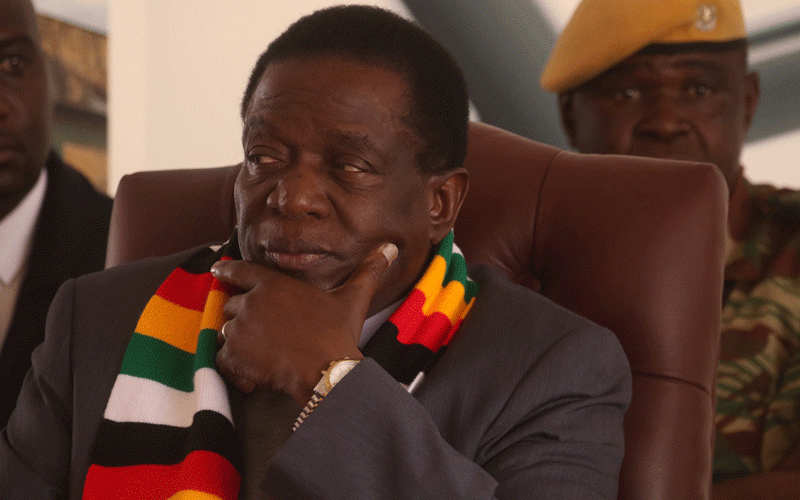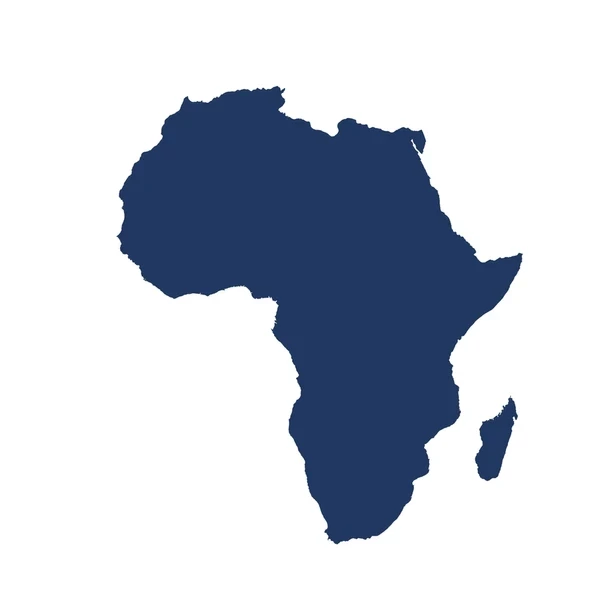
The political debates about the rights and wrongs of Zimbabwe’s land reform continue to occupy many.
The tired, old obsession about how the land was taken and the associated focus on so-called ‘cronies’ persists, despite much evidence to suggest that the process was highly varied and that most land was occupied by land poor peasants and unemployed people from town, even if some high value land was captured by political elites.
A failure to grasp the complexity of land politics in Zimbabwe plagues policy debates, and the myths that we thought we had challenged in our book 14 years ago frustratingly still rear their head in discussions with donor officials, diplomats, journalists, foreign academics and many others.
Understanding the political implications of the land reform is important, as the articles profiled in this fifth and final blog in the series on new literature on Zimbabwe’s land reform show.
For many, the land reform was popular, even if everyone acknowledges the benefits were unevenly shared.
The ruling party knows this and continues to deploy land and liberation rhetoric during election periods.
Even the opposition parties agree that land reform is a done deal.
But what in-depth research can reveal is how the politics of land plays out in both the countryside and in peri-urban areas where land reform occurred and how the dynamics of accumulation, differentiation and elite capture results in new interests and political alliances.
- Re-building township micro-economies
- Dissection of Zim’s sanctions regime
- Byzantine netherworld of inner-circle Zanu PF politics
- Zim deserves better healthcare system in 2023
Keep Reading
Along with many others, we have written quite a bit about this, whether in relation to the politics of A2 farms or the regional politics of the countryside in the lowveld.
What is clear that the dynamics of land invasions, the patterns of subsequent social differentiation and the political mix that emerges is highly varied across the country (including between different rural and (peri-)urban areas) and has changed over time.
The processes of accumulation and their political drivers have changed significantly over the last 24 years.
After the relative continuity of the Mugabe years, it was the ‘coup’ that installed Emmerson Mnangagwa that brought in some significant changes.
The rhetoric of Zimbabwe being ‘open for business’ hailed a much more explicit commitment to neoliberal style economic policy aimed at encouraging investment and facilitating entrepreneurship.
The politics of the so-called second republic under Mnangagwa is discussed in an edited book edited by Gorden Moyo and Kirk Helliker.
This is a companion volume to Grasian Mkodzongi’s excellent edited book, The Future of Zimbabwe’s Agarian Sector, which again looks at the post Mnangagwa era focusing in on agrarian issues (including our chapter on the politics of A2 farms).
Both books signal the important changes that have unfolded since 2017, making the agrarian dynamic in land reform areas even more complex.
While only touched on briefly in these books, the post-2017 period has also been marked by a continued collapse of the economy and a massively expanded scale of corruption.
While present before, the corruption that Thomas Mapfumo complained about in his 1989 release is vast, reaching throughout the economy and across the state with major implications for land politics, and wider livelihood opportunities.
The cabinet minister, Maurice Nyagumbo, who took his own life in 1989 because he was ashamed of being linked to the Willowgate scandal involving the illegal sale of government vehicles on the black market, would be truly appalled.
In his paper in the Journal of Southern African Studies – Social Differentiation and ‘Accumulation from Above’ in Zimbabwe’s Politicised Agrarian Landscape, Phillan Zamchiya extrapolates his very interesting and thorough field studies from Chipinge to make a wider case about how land reform is a process of ‘accumulation from above’.
He argues that much work (including our own and that of the Sam Moyo African Institute of Agrarian Studies) offers only a ‘materialist explanation’ of social differentiation, centred on an analysis of class dynamics, while not paying close enough attention to the role of wider state practices and political processes involved in shaping accumulation dynamics in highly politicised agrarian landscapes.
Making use of the late Alex Magaisa’s database on farm mechanisation, he argues that there was significant capture by ruling party elites in a process of extended patronage including cabinet ministers, judges, members of the security sector, civil servants, national election administrators and traditional leaders.
Noone denies that this happened (the government data show it), but much field-based data shows that the extent of such patronage was quite contained.
Most land reform beneficiaries saw none of these benefits, just as has been the case with command agriculture.
This well documented pattern – in our sites in Masvingo only 1% of households received anything from the scheme – makes this critique somewhat puzzling.
As Mahmood Mamdani argued long ago (and by Ben Cousins more recently), processes of accumulation from above and below work in tandem.
The task of the analyst is to tease out how they intersect and influence the outcomes over time.
In some cases it may be that elite patronage dominated (and perhaps this was so in the Chipinge case study as it did not involve a land invasion involving a diverse array of people), but in other cases (and certainly all ours, even in the high potential area of Mvurwi) the dynamic of accumulation from below is the main story, certainly in all A1 cases and even most A2 ones too (although these have been less successful).
Inevitably there have been successes and failures of land reform, each with political consequences.
As readers of this blog will know, our work has concentrated on rural areas across the country, but land politics is especially hot in urban areas, as earlier blogs have discussed.
A number of new papers focus on these processes.
For example, Aaron Rwodzi argues in an article in the Southern Journal for Contemporary History – Land Resettlement and Elite Monopoly in Peri-urban Harare: The Colonial Legacy of Land Ownership in Post-colonial Zimbabwe, 2000-2019 – that in the case of urban Harare “instead of land being distributed to the deserving poor peasants, farmers and the vulnerable, land barons emerged from the ruling elite, business tycoons and war veterans who allocated to themselves land and multiple farms”.
This had important echoes of what happened during the colonial land distribution process.
The lack of political accountability of such land barons and their patrons meant that a politically powerful group could emerge in these urban areas following land reform, both restricting access to land and exerting (party) political control.
Jo McGregor and Kudzai Chatiza offer an important analysis of why such patronage dynamics, firmly linked to ruling party power, emerge in peri-urban spaces.
Again taking the case of Harare in the book chapter, The Politics of Harareʼs Periphery, they show how the emergence of a strong opposition politics in Zimbabwe’s urban areas resulted in a strategy by the ruling party to impose control over the peri-urban areas, and particularly through land.
This pattern of political control is also observed by Johannes Bhanye, Ruvimbo Hazel Shayamunda, Rumbidzai Irene Mpahlo, Abraham Matamanda and Lameck Kachena in their Land Use Policy paper, Land politics and settlers’ responses to land tenure under threat in emerging peri-urban spaces in Zimbabwe.
Based on a case study from Caledonia peri-urban settlement east of Harare, the paper focuses on the lived experiences of vulnerable peri-urban settlers, documenting the struggles against land grabbing by influential elites and attempts at regulation by local authorities.
Unlike the other studies that focus on the practices of land barons and the role of the ruling party, this paper is more grounded in the actual practices of local residents.
- This blog was written by Ian Scoones and first appeared on Zimbabweland











